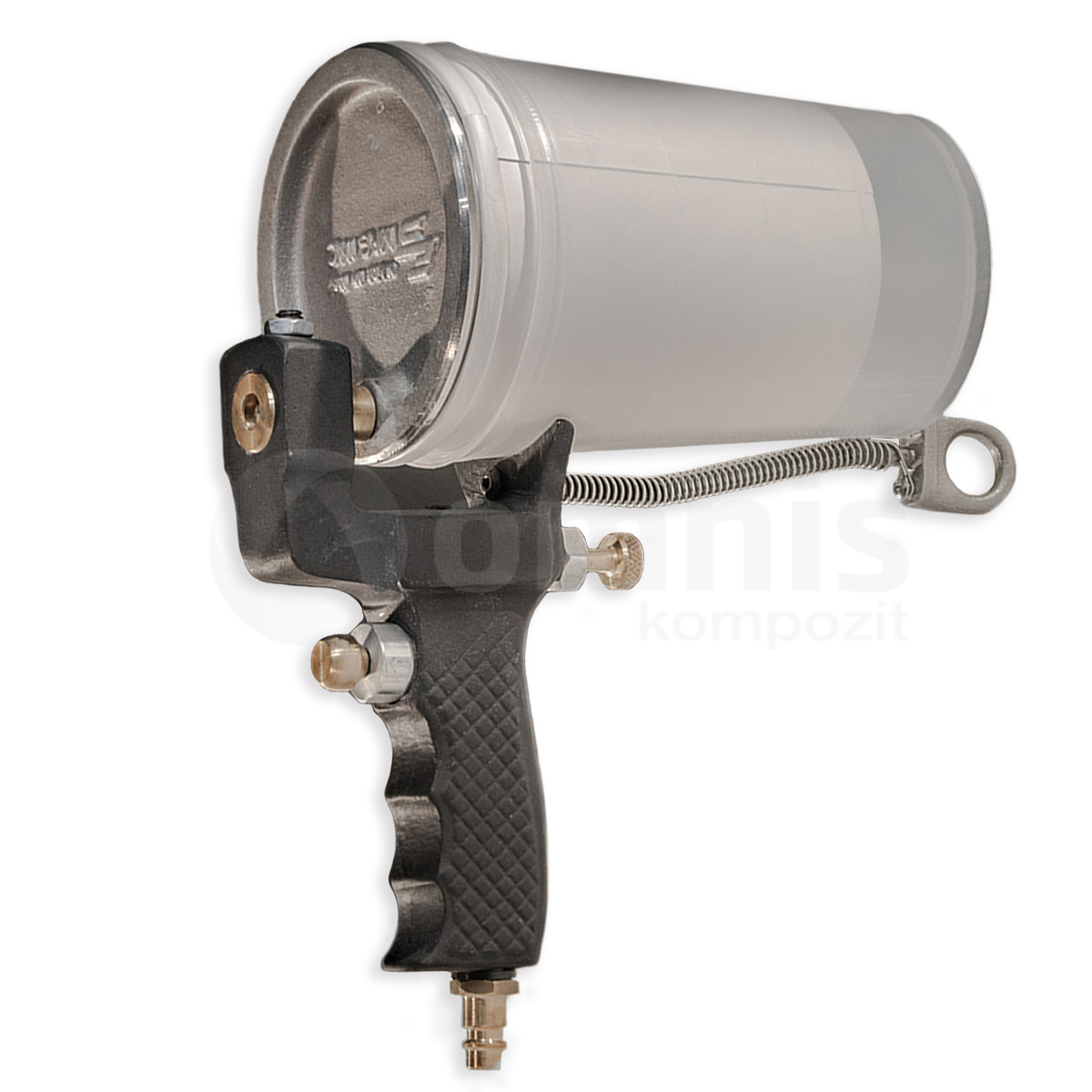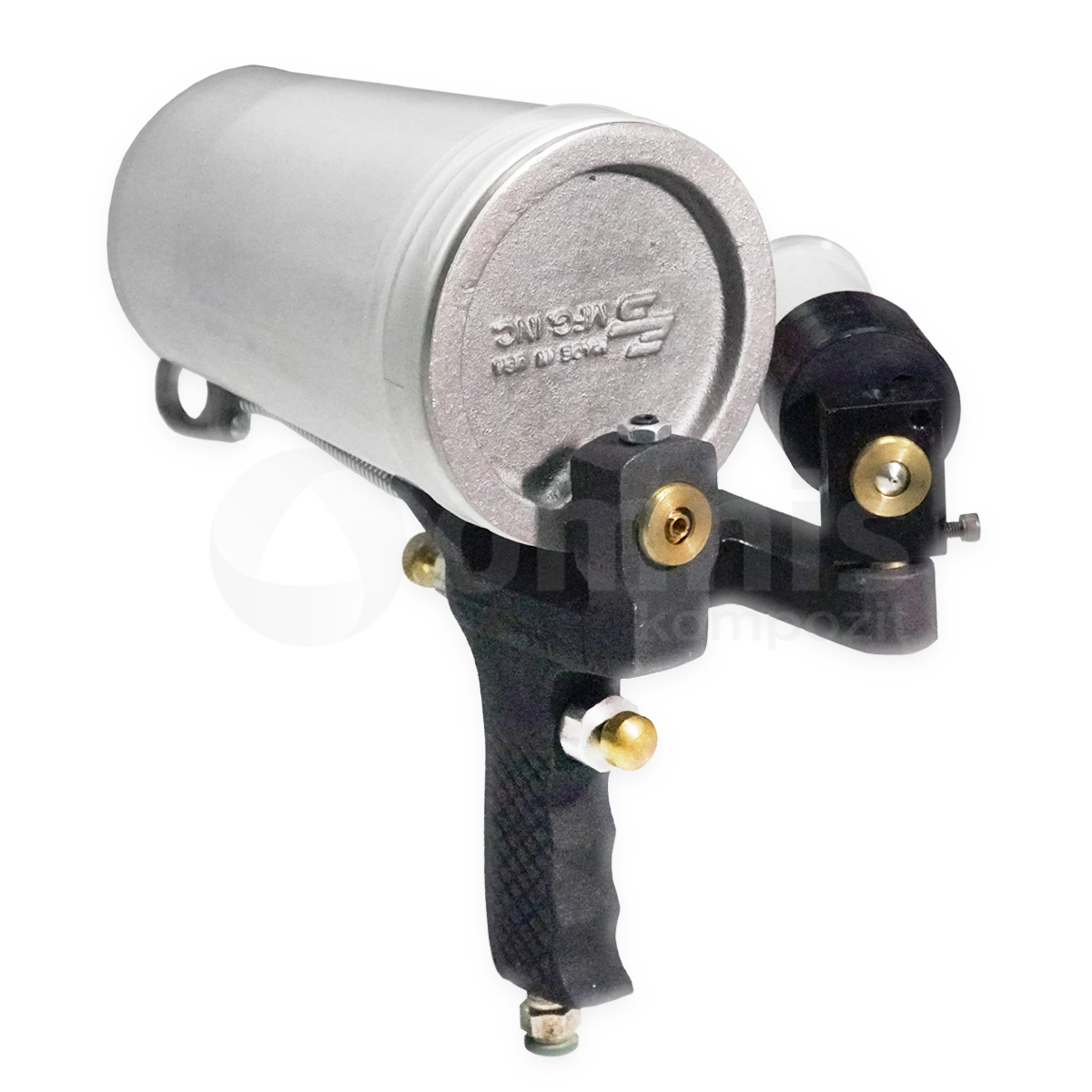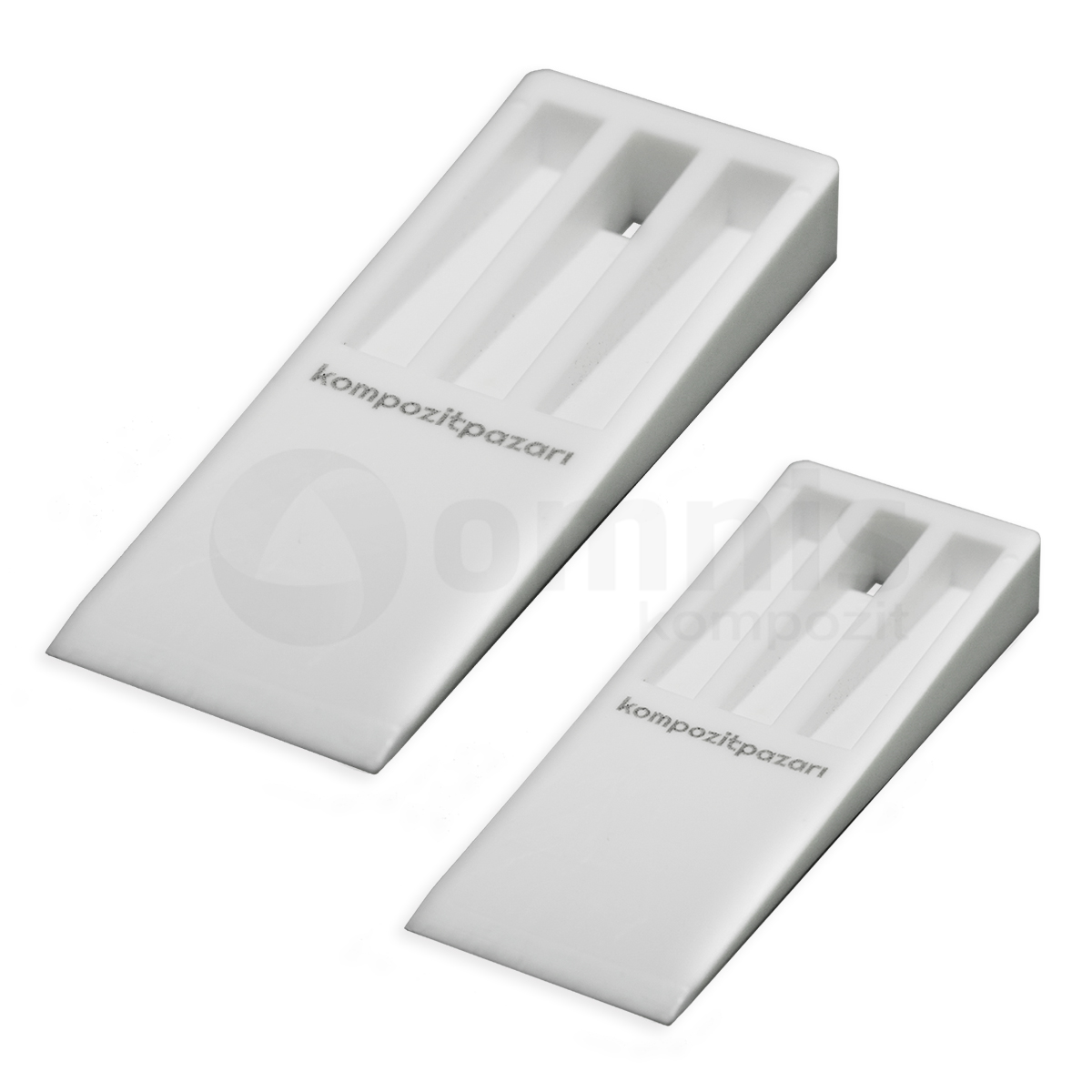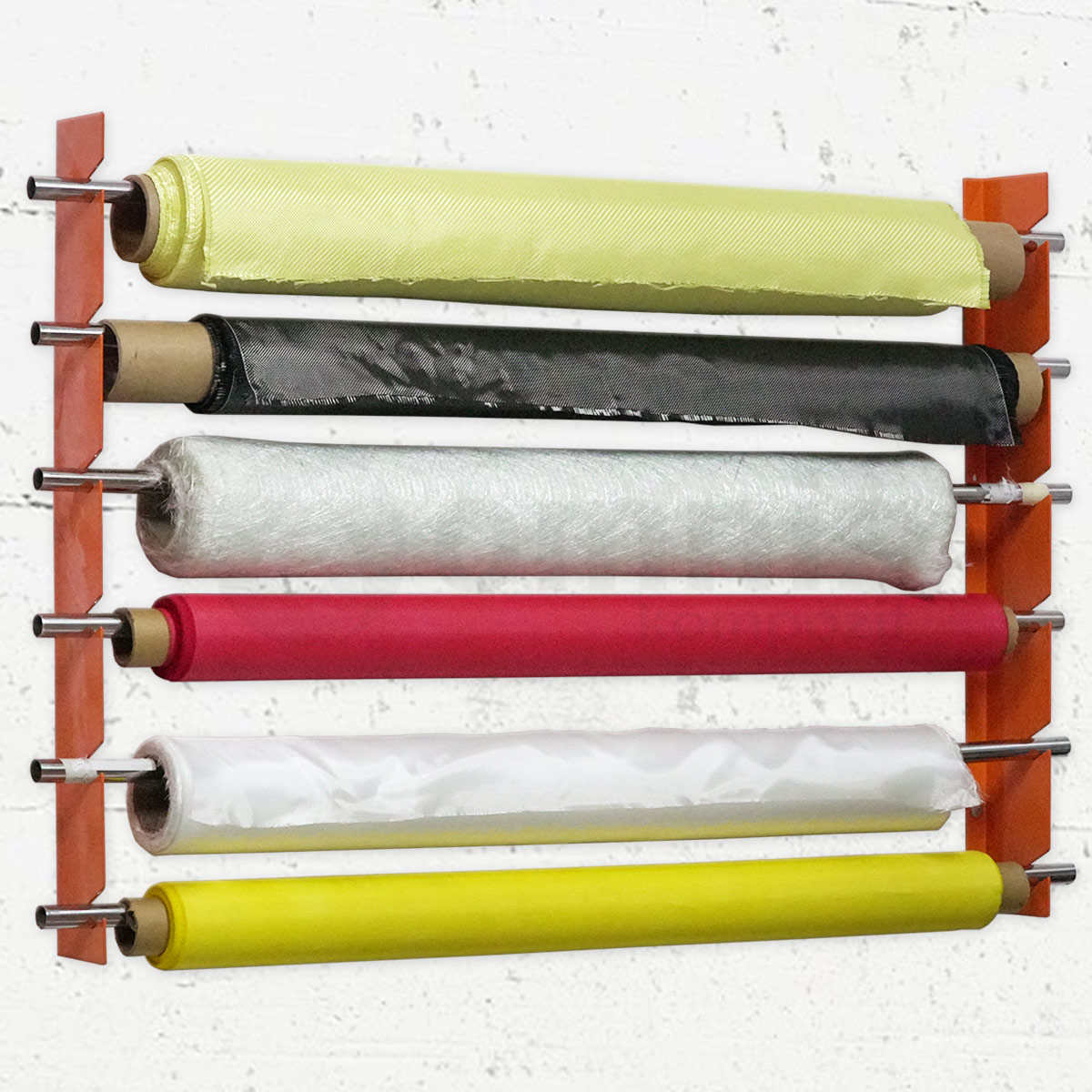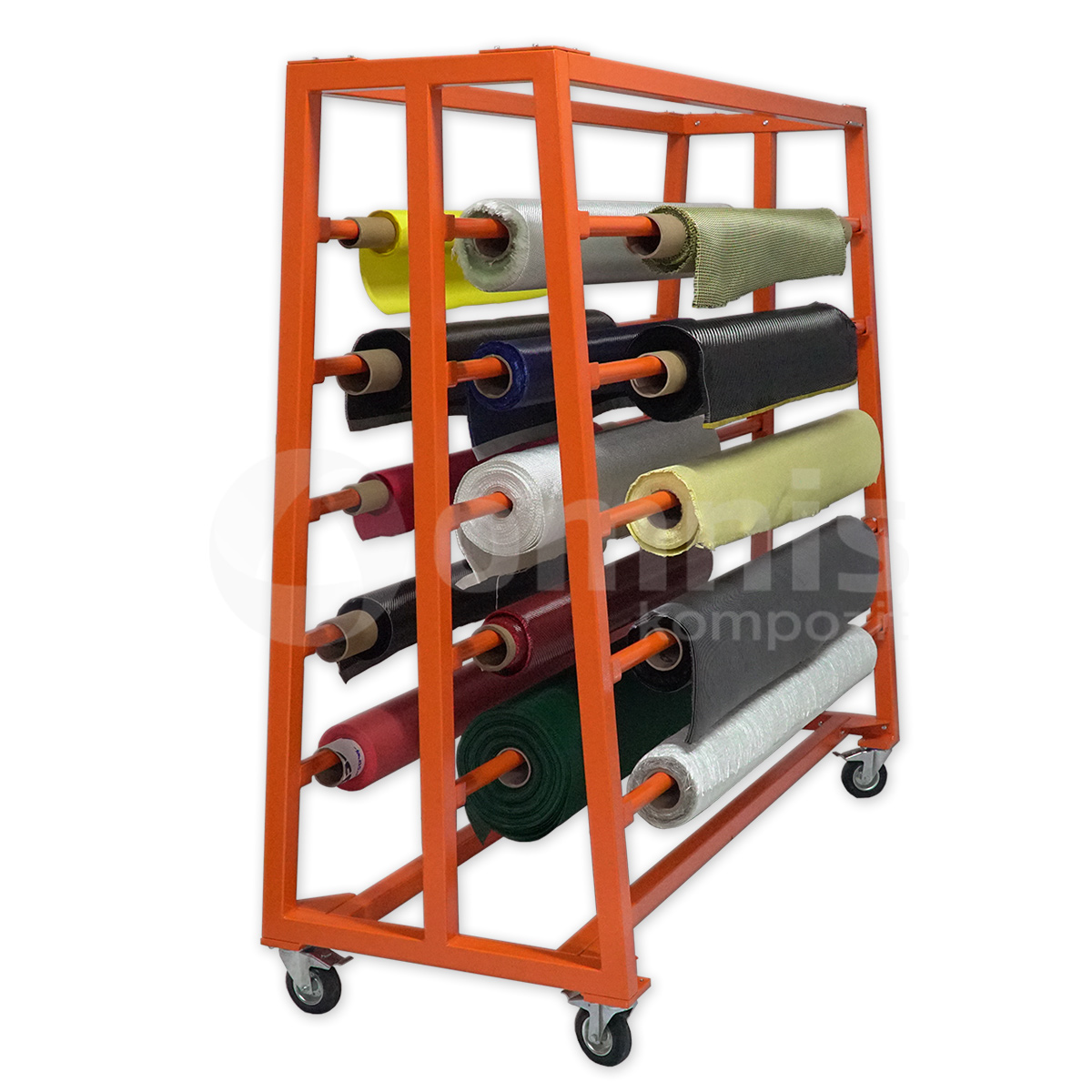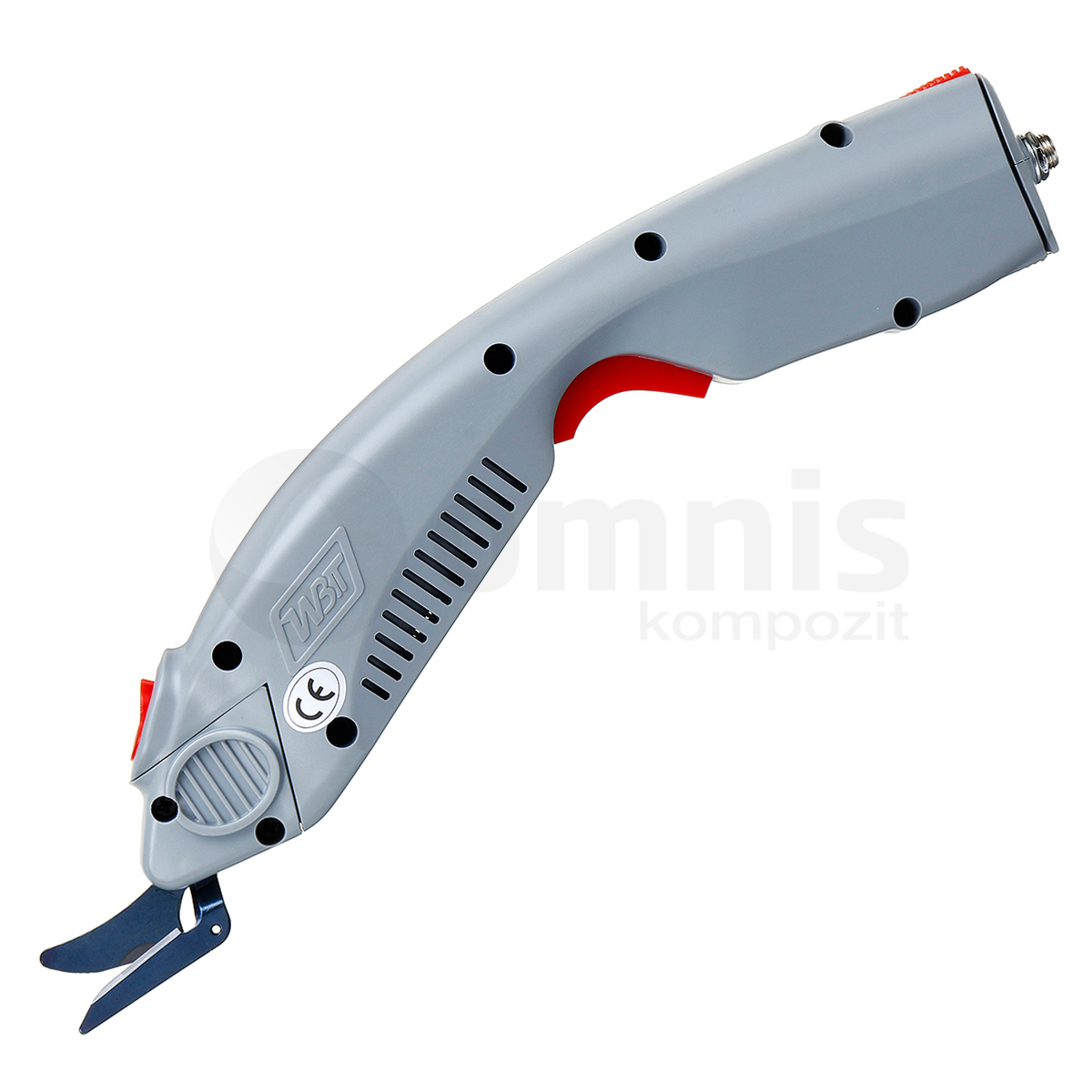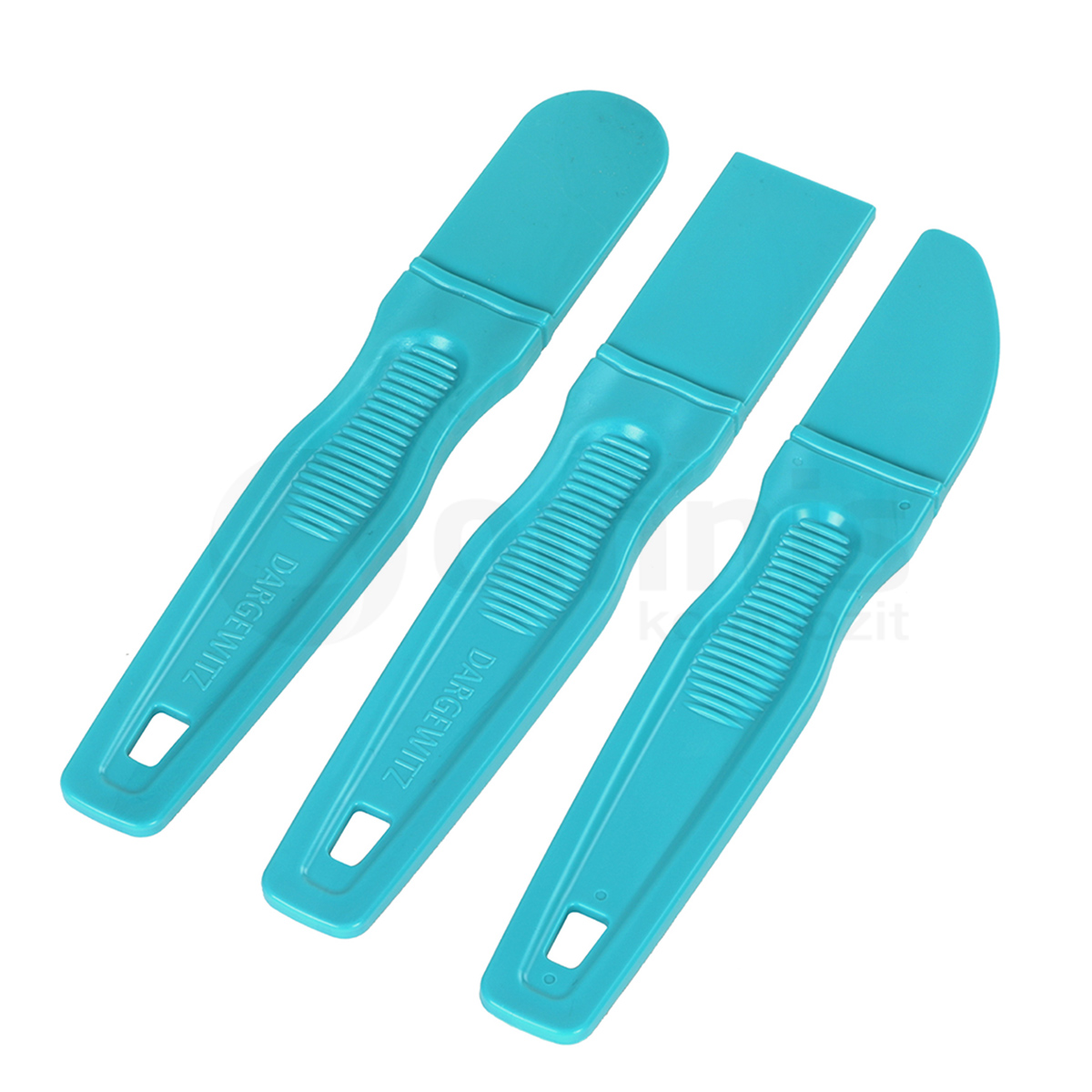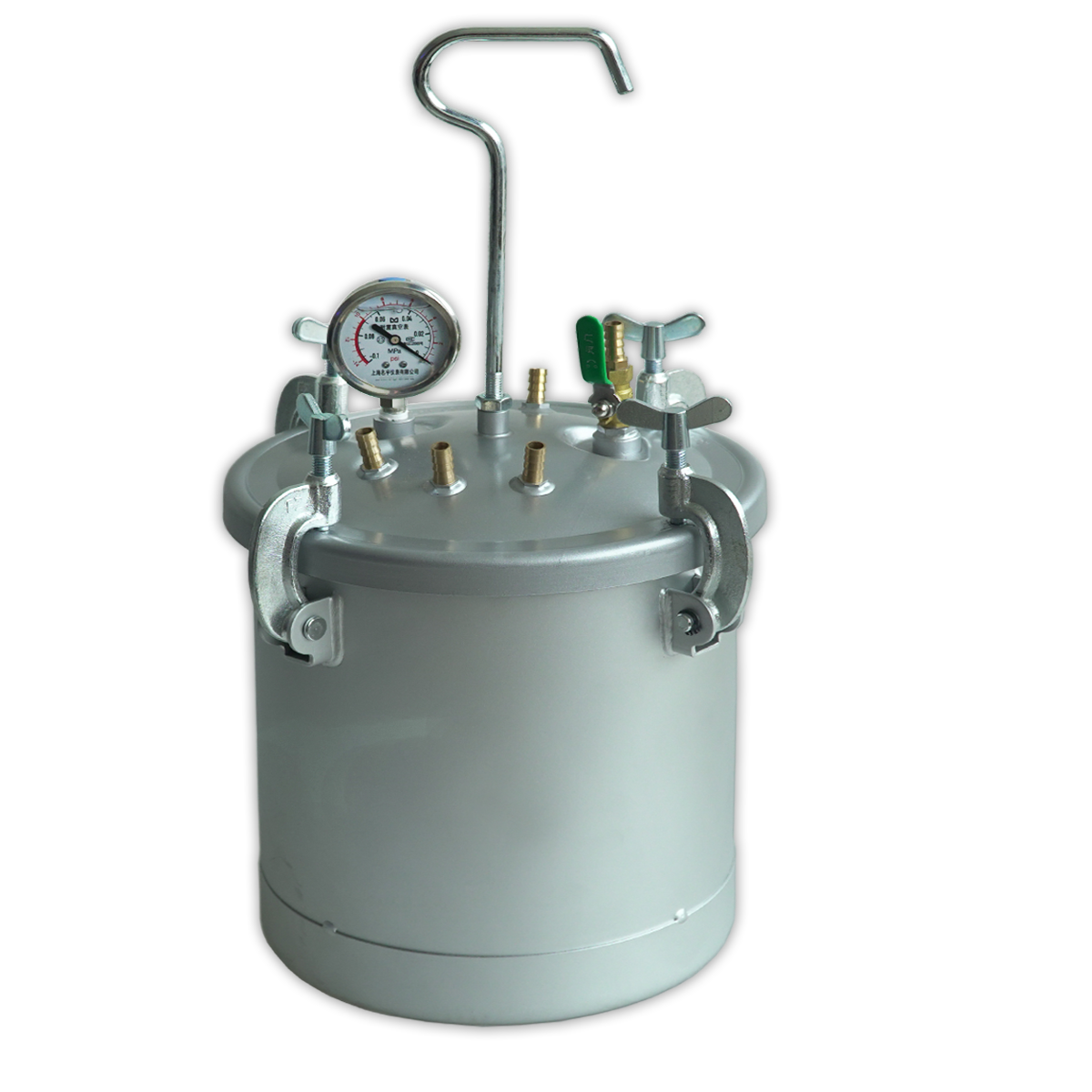Equipments
Auxiliary equipment refers to the supplementary machinery and devices that support and enhance the primary manufacturing processes. In the context of composite manufacturing, this equipment plays a vital role in ensuring the efficient and effective production of high-quality composite materials. They can range from material handling systems, mixers, and pumps to curing ovens, cutting devices, and automation tools. By facilitating various stages of the manufacturing process, from raw material preparation to product finishing, auxiliary equipment helps streamline operations, reduce labor costs, and increase the overall productivity and safety of the manufacturing environment.
How Does Auxiliary Equipment Support Manufacturing Processes?
They support manufacturing processes by automating or simplifying tasks that are labor-intensive, time-consuming, or require high precision. This equipment can include systems for accurate dosing of resins, automated cutters for fiber materials, temperature-controlled ovens for curing, and vacuum systems for consolidating composite layers. By integrating these tools into the production line, manufacturers can achieve more consistent quality, increase output, and reduce the risk of human error. Moreover, auxiliary equipment often incorporates advanced sensors and controls, allowing for real-time monitoring and adjustments, which further enhances the efficiency and reliability of the manufacturing process.
What Types of Auxiliary Equipment are Commonly Used in Composite Manufacturing?
In composite manufacturing, a wide array of auxiliary equipment is employed to address the specific needs of different production stages. Common types include:
- Material handling systems for the transport and storage of raw materials.
- Mixing and dispensing equipment for accurate resin preparation.
- Curing ovens and autoclaves for hardening composite materials.
- Cutting and layup tools for preparing and placing composite layers.
- Vacuum bagging and infusion systems for consolidating and impregnating fiber reinforcements with resin.
- Quality inspection devices, such as ultrasound scanners, for detecting flaws in composite structures.
These equipments and machines are essential for ensuring the efficient, precise, and safe production of composite components.
Can They be Automated?
Yes, they can be highly automated to enhance the precision, speed, and efficiency of the manufacturing process. Automation technologies can control material handling, mixing, curing, cutting, and inspection processes, reducing manual labor and minimizing the potential for errors. Automated auxiliary equipment is often equipped with advanced software and sensors that enable precise control over production parameters, ensuring consistent product quality. This level of automation not only optimizes production flow but also allows for the integration of smart manufacturing principles, leading to improved process control, predictive maintenance, and overall manufacturing agility.
How Do You Choose the Right Auxiliary Equipment for a Specific Manufacturing Process?
Choosing the right auxiliary equipment for a specific manufacturing process involves several considerations:
- Process Requirements: Understand the specific needs of your manufacturing process, including material types, production volume, and quality standards.
- Equipment Compatibility: Ensure the equipment is compatible with your materials and existing manufacturing systems.
- Efficiency and Productivity: Evaluate how the equipment can improve efficiency and productivity, considering factors like automation level, speed, and precision.
- Flexibility: Consider the equipment’s versatility and ability to adapt to future process changes or expansions.
- Quality and Reliability: Research equipment from reputable suppliers known for quality and reliability to minimize downtime and maintenance issues.
- Cost-effectiveness: Analyze the equipment’s cost relative to its potential to reduce operating costs, improve product quality, and increase production rates.
By carefully assessing these factors, manufacturers can select auxiliary equipment that best meets their operational needs and strategic goals.
What Role Does Auxiliary Equipment Play in Improving Product Quality?
It plays a crucial role in improving product quality by ensuring consistent and precise control over manufacturing processes. High-quality mixing and dispensing systems ensure that composite materials are prepared with exact chemical proportions, while automated cutting and layup tools achieve precise fiber orientations and placements. Curing systems with accurate temperature control prevent defects and ensure optimal material properties. By automating and fine-tuning these processes, auxiliary equipment helps eliminate human errors and inconcistency, leading to the production of composite components with superior strength, durability, and performance characteristics.
Can It be Customized for Unique Manufacturing Needs?
Yes, it can be customized to meet unique manufacturing needs. Many suppliers offer tailor-made solutions designed to fit specific production requirements, material types, and space constraints. Customization can range from modifying existing machinery with specific features and capabilities to developing entirely new equipment based on detailed customer specifications. This flexibility allows manufacturers to optimize their production lines for maximum efficiency, quality, and safety, even when dealing with complex or unconventional composite materials and products.
How Does Auxiliary Equipment Contribute to Manufacturing Efficiency?
It significantly enhances manufacturing efficiency by optimizing various stages of the production process. These tools and machines automate and streamline tasks that are otherwise labor-intensive and time-consuming, such as material handling, mixing, curing,cutting and preforming. For instance, automated material feeding systems ensure a continuous supply of raw materials to the production line, reducing downtime and enhancing throughput. Precision mixing and dosing systems guarantee the accurate composition of materials, improving product consistency while minimizing waste. Furthermore, auxiliary equipment like curing ovens and cutting machines are designed for speed and accuracy, allowing for faster production cycles and less material wastage.
What are the Maintenance Requirements for Auxiliary Equipment?
The maintenance requirements for auxiliary equipment vary depending on the type of machinery, its frequency of use, and the specific manufacturing environment. However, regular maintenance is crucial to ensure the equipment operates efficiently and has a long service life. Basic maintenance tasks typically include cleaning, lubrication, inspection for wear and tear, and the replacement of worn-out parts. For more complex auxiliary equipment, such as automated feeding systems or precision dosing units, manufacturers might need to perform calibration checks, software updates, and diagnostic tests to ensure optimal performance. Proactive maintenance not only extends the lifespan of the equipment but also maintains the quality and efficiency of the manufacturing process.
How Does Auxiliary Equipment Integrate with Existing Manufacturing Systems?
It integrates with existing manufacturing systems through a combination of mechanical, electrical, and software interfaces. Modern equipment often comes with advanced control systems that can communicate with other machines and central management software, enabling seamless integration into the production line. This integration allows for synchronized operation across different stages of manufacturing, optimizing the overall workflow. For example, material handling systems can be programmed to supply raw materials based on the production demand automatically, while curing ovens can adjust their temperature settings in real-time according to the materials being processed. Additionally, many auxiliary equipment manufacturers offer customization options to ensure their products can physically fit into existing spaces and work with other machines, minimizing the need for extensive modifications to the production facility. By enhancing connectivity and compatibility, auxiliary equipment facilitates a cohesive and efficient manufacturing environment.
Can It be Used for Both Small-Scale and Industrial-Scale Production?
Yes, it can be utilized effectively in both small-scale and industrial-scale production settings. Manufacturers often design auxiliary equipment with various capacity options and scalability features to comply with different production volumes. For small-scale operations, compact and versatile equipment can improve efficiency and product quality without requiring a large footprint. These machines can be easily integrated into smaller workshops, offering the precision and automation needed to compete in specialized markets. On the other hand, for industrial-scale production, heavy-duty auxiliary equipment is capable to handle high volumes of materials and operate continuously under demanding conditions. Such equipment is designed for durability and can be integrated into automated production lines to achieve mass production with minimal human intervention. Regardless of the scale of operations, there is auxiliary equipment compatible to meet the specific needs of manufacturers, enhancing their productivity and competitiveness in the market.



